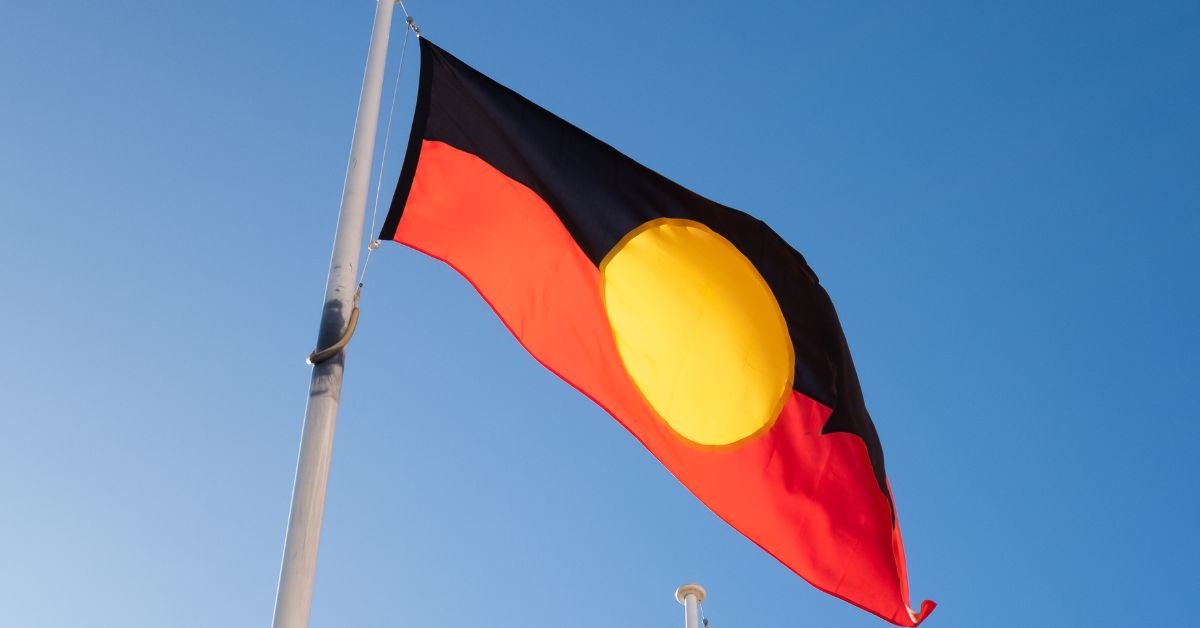By: Mike Crooks
In the attempt to close the gap between the quality of life of Indigenous and non-Indigenous Australians, the nation is falling behind.
The new Closing the Gap report, which was released this month, has revealed that since the last report, the number of Indigenous Australians imprisoned, taking their own life and losing children to out-of-home care (child protection) have all increased.
In fact, only five of the 19 targets monitored by the Productivity Commission for Closing the Gap’s Annual Data Compilation Report, are considered “on track”.
The data “highlights the critical need for more work to be done to improve the lives of Aboriginal and Torres Strait Islander Australians,” read the report.
Findings
The report tracks progress towards the “targets and indicators” in the National Agreement on Closing the Gap.
The objective of the agreement, which was launched in 2007, is to enable Indigenous Australians and governments “to work together to overcome the inequality experienced by Aboriginal and Torres Strait Islander people and achieve life outcomes equal to all Australians.”
Only five of the 19 targets are considered “on track”.
The 2024 report found that healthy birthweight, children in preschool, and employment, are on track to meet their proposed targets for Indigenous Australians.
What is not on track for First Nations people includes:
- Early childhood development
- Indigenous adults in prison (as of 2023, the rate of Indigenous Australian prisoners was 2,265 per 100,000 of the adult population – an increase of more than 100 since the last report)
- Child protection rate (in 2023, there was more than 57 per 1,000 children among Indigenous Australians in out-of-home care)
- Indigenous suicides (in 2022, nearly 30 Indigenous Australians per 100,000 took their own life – up from 27 in the previous report)
“These figures are deeply troubling,” the new minister for Indigenous Australians, Senator Malarndirri McCarthy said.
“But I’m determined to work in partnership with First Nations Australians, the Coalition of Peaks and State and Territory governments to bring about positive change. I will be reaching out to my colleagues across the parliament to seek a bipartisan approach to Indigenous affairs.”
Other gaps
Age
There remains a wide gap between the life expectancy of Indigenous Australians and non-Indigenous Australians.
Aboriginal and Torres Strait Islander males are expected to live to 71.9 years, and females to 75.6 years. Meanwhile, non-Indigenous males are expected to live to 80.6 years, and females to 83.8 years.
“The target shows improvement but is not on track to be met for males or females,” the report states.
Schooling
Another target is to increase the amount of Aboriginal and Torres Strait Islander people attaining year 12 or equivalent qualification.
The latest data shows that 68.1 per cent of Indigenous Australians aged 20–24 years have attained Year 12 or equivalent qualification.
While that is an increase from 63.2 per cent in 2016, it is not on track to its target of 96 per cent by 2031.
Youth
The report shows that the drive to increase the amount of Indigenous Australian youth who are in employment, education or training is also falling short.
In 2021, 58 per cent of Indigenous Australians aged 15–24 years were fully engaged in employment, education or training. The target is 67 per cent by 2031.
“Committed”
Prime Minister Anthony Albanese said that the latest data shows that governments “at all levels” have not done good enough.
“The challenges are there,” he said. “You cannot resolve intergenerational inequity overnight, but what you can do is be committed to making a difference. My government is.”
“Failure by governments”
In response to the report, Catherine Liddle, co-convenor of Indigenous Australian representative body Coalition of Peaks, said that there were too many funded “service providers” that are not taking into consideration what First Nations people need.
“When systemic issues are dealt with we have success and great outcomes for our people,” she said.
Too many funded service providers are not taking into consideration what First Nations people need.
“Yet at this moment in time, the biggest investments into early education and care in Australia are not in the Aboriginal community-controlled sector, they’re actually in the mainstream.
“That is a failure by governments to invest in the right set of criteria into the right type of service delivery.”
To see all the data from the new report visit here.
Article supplied with thanks to Hope Media.
Feature image: Canva

